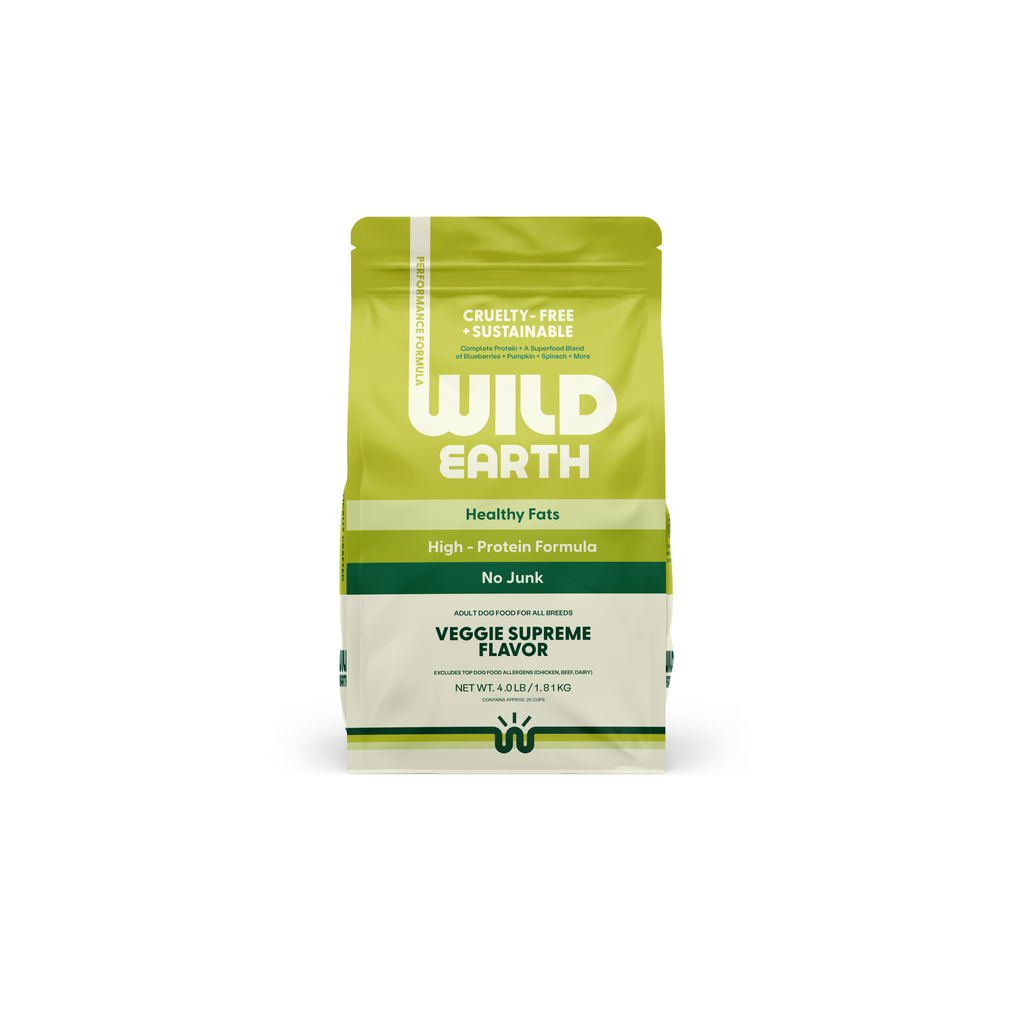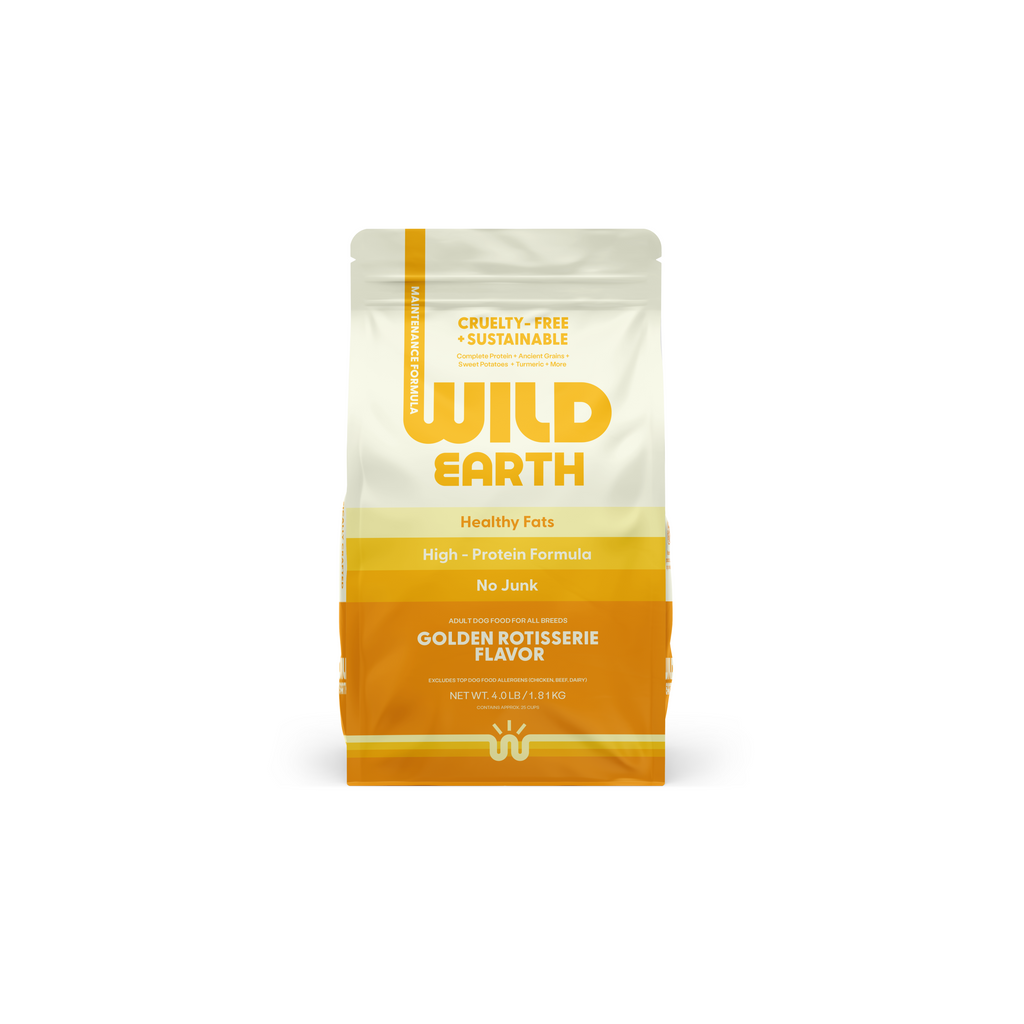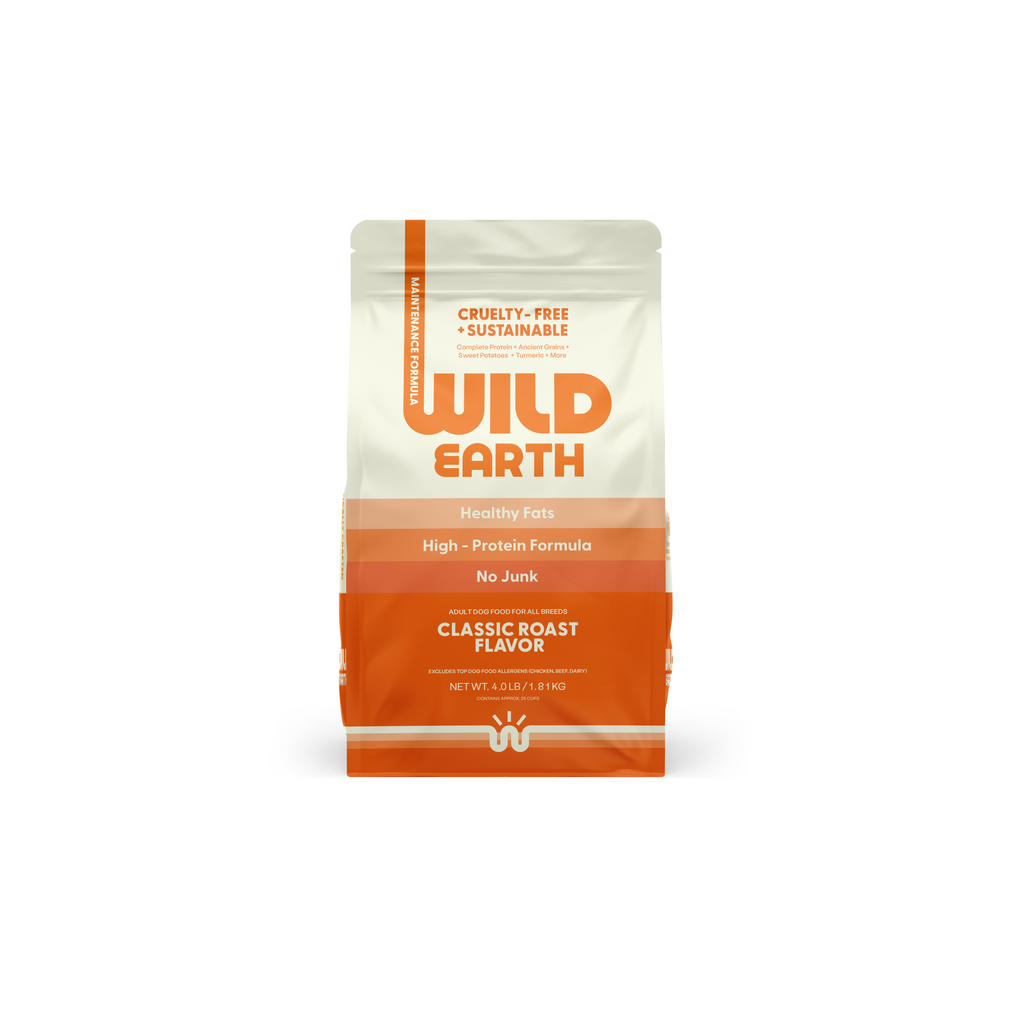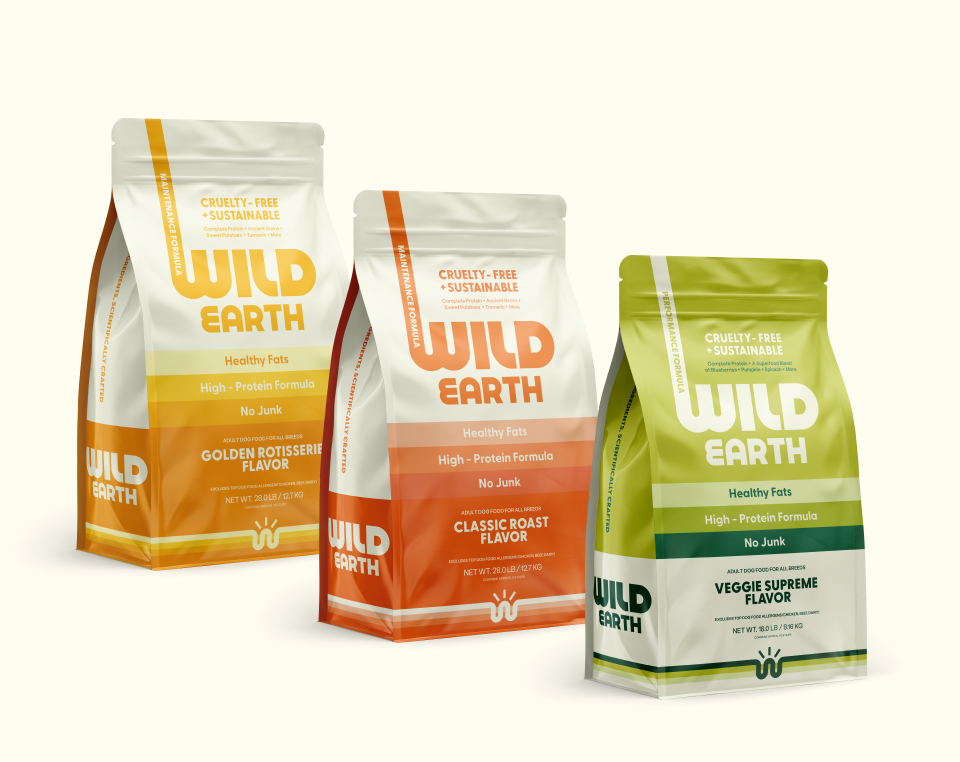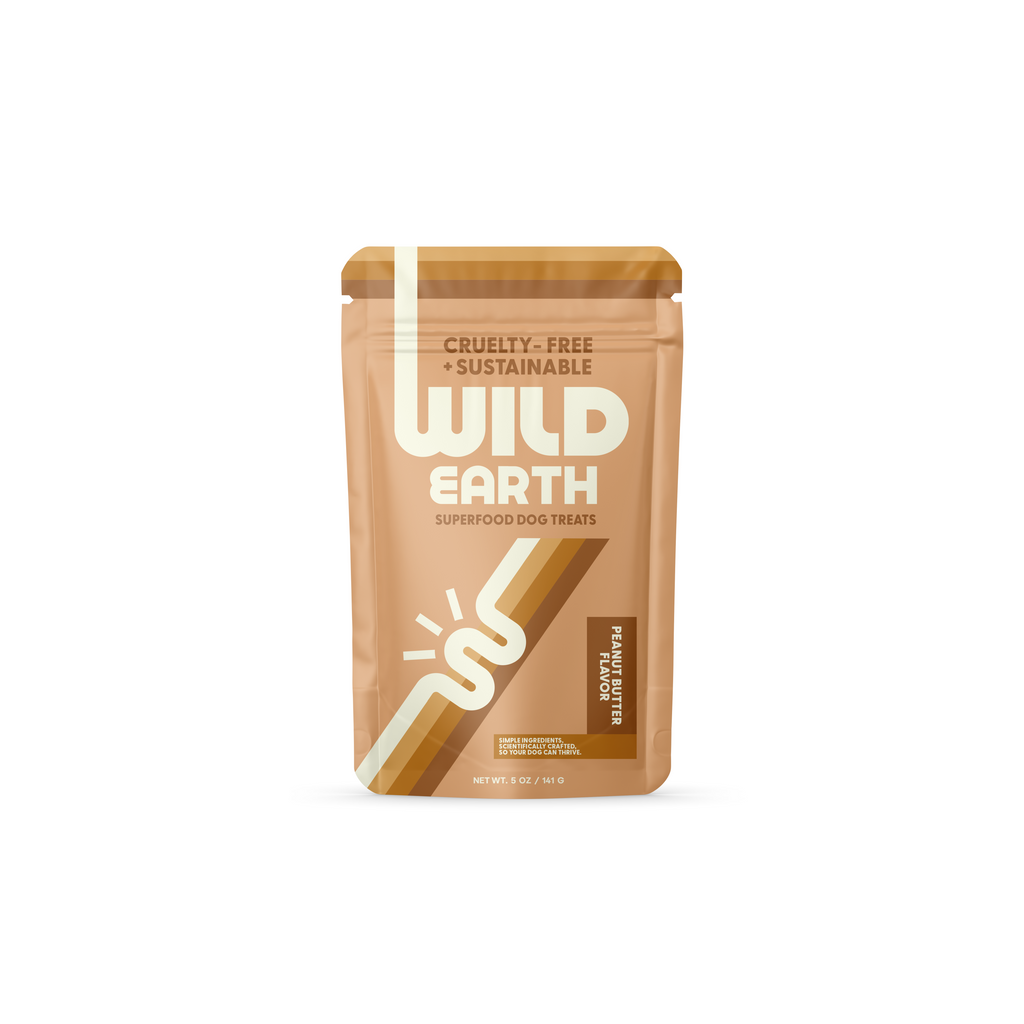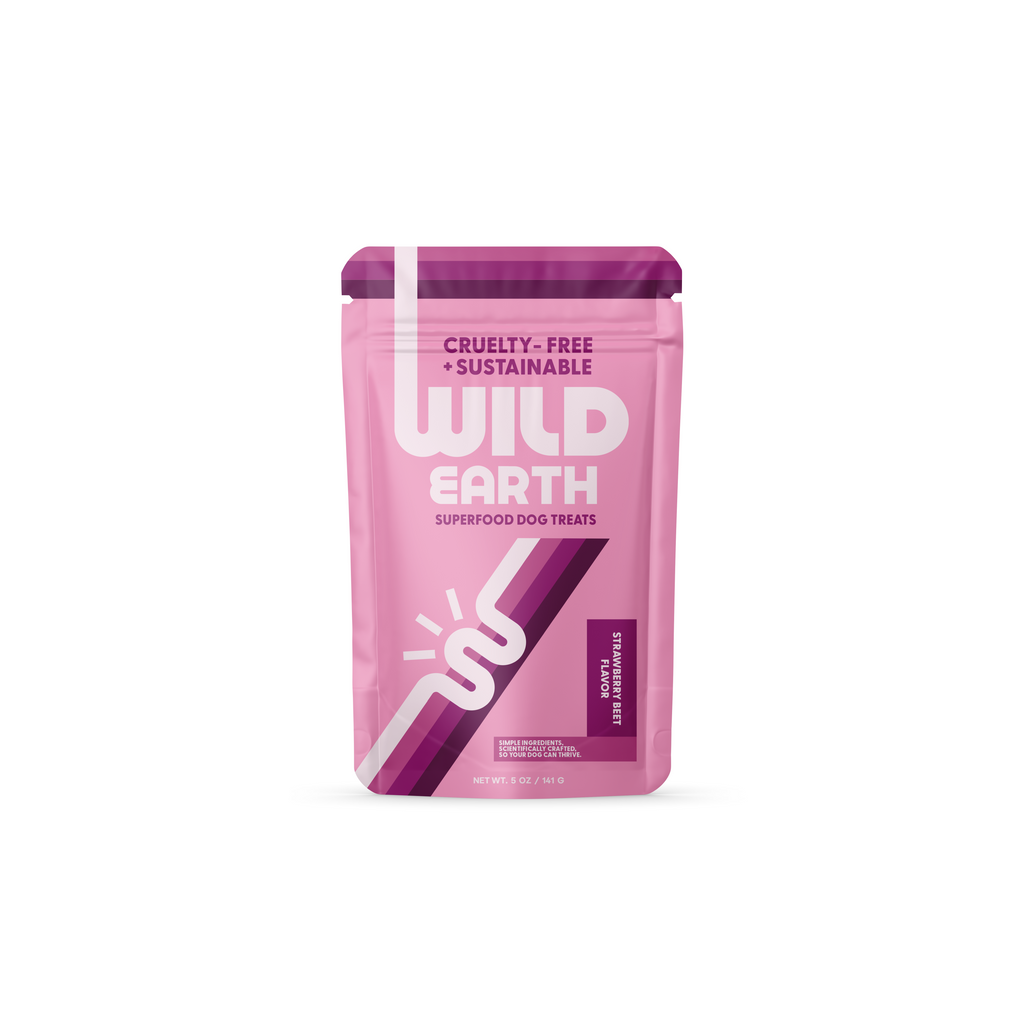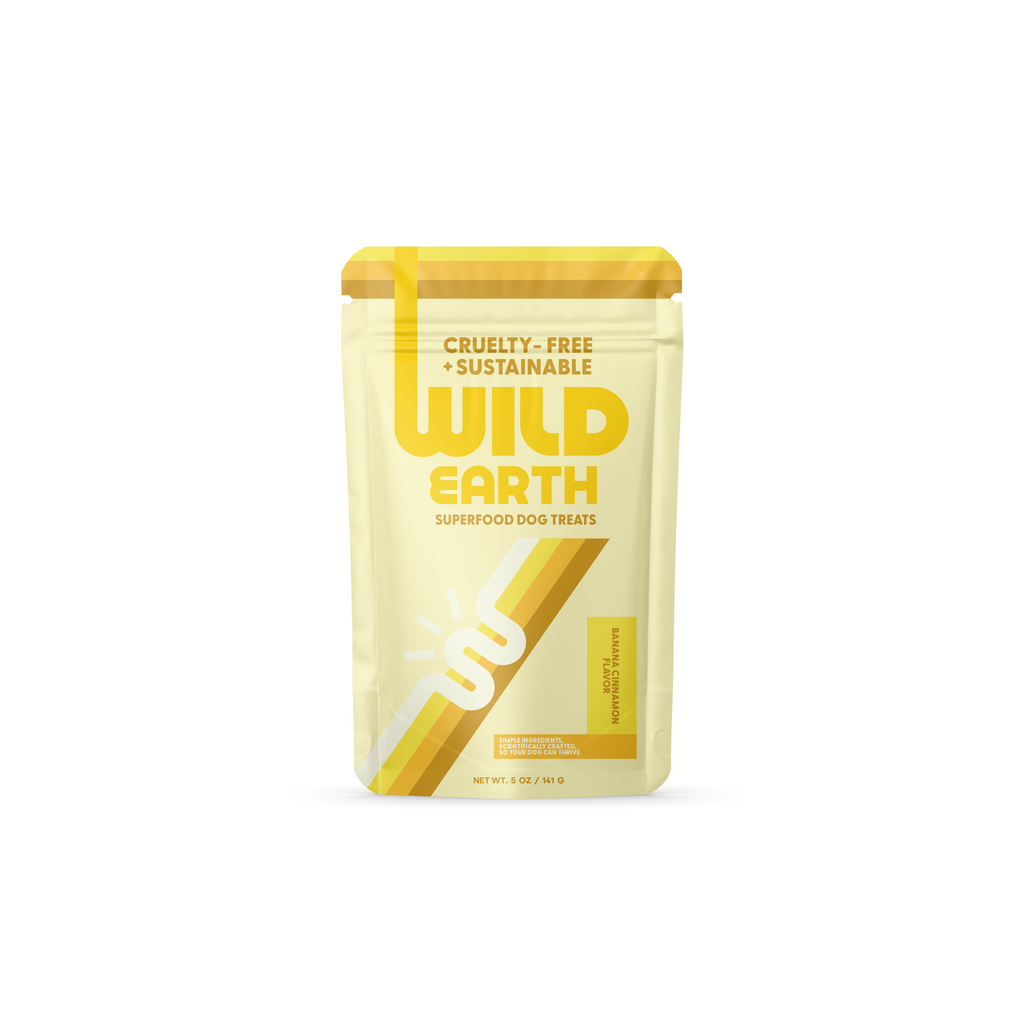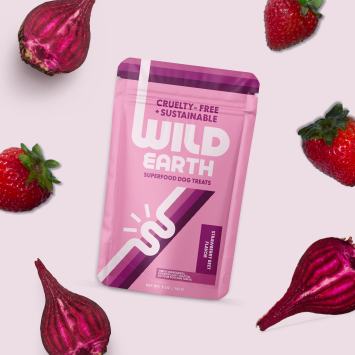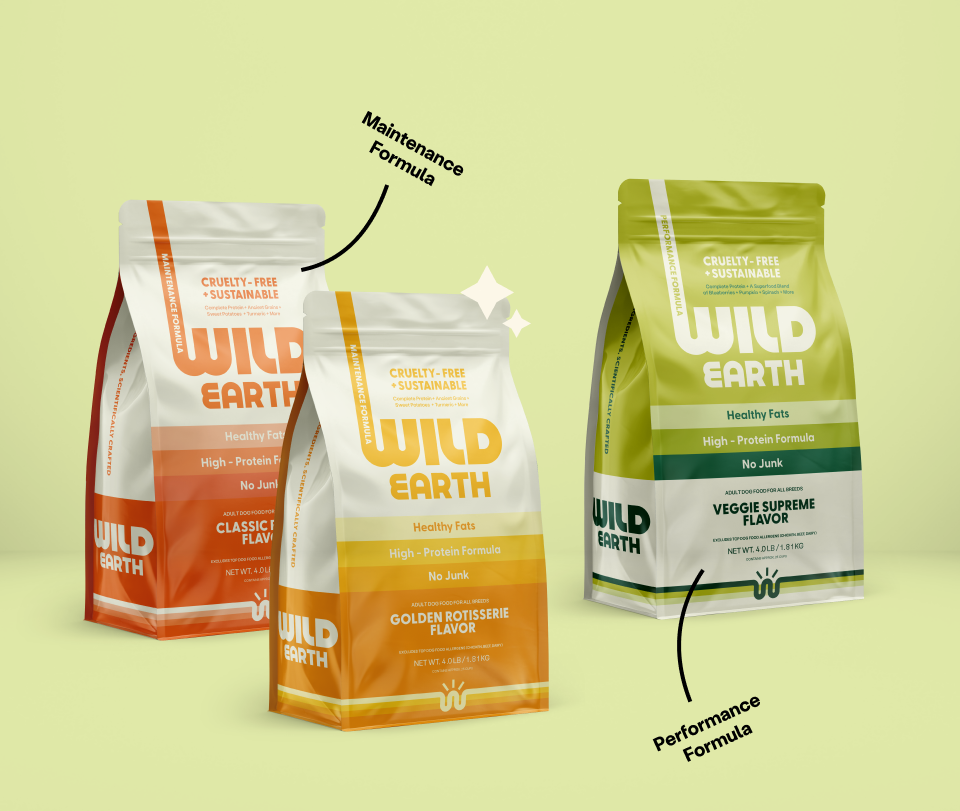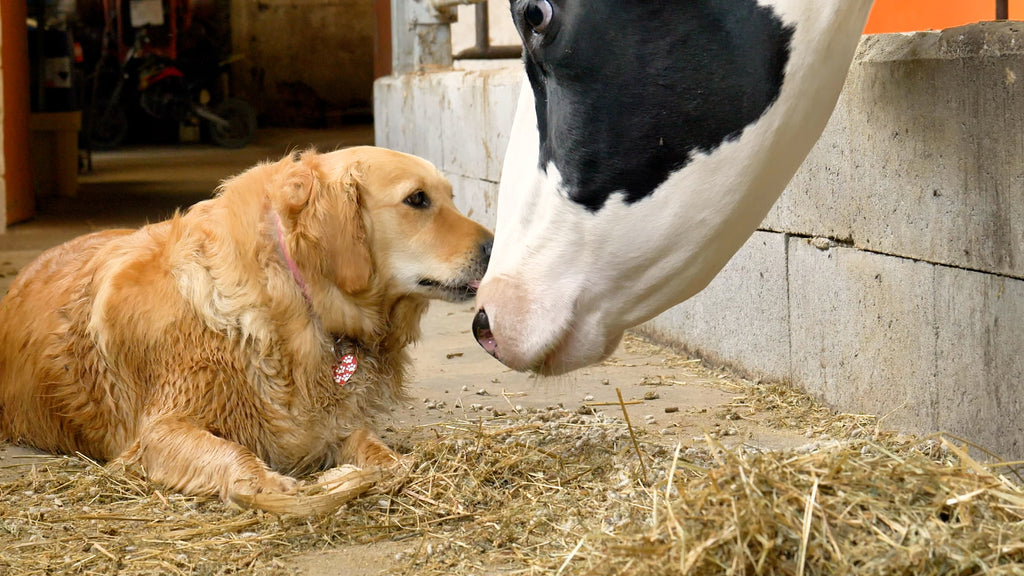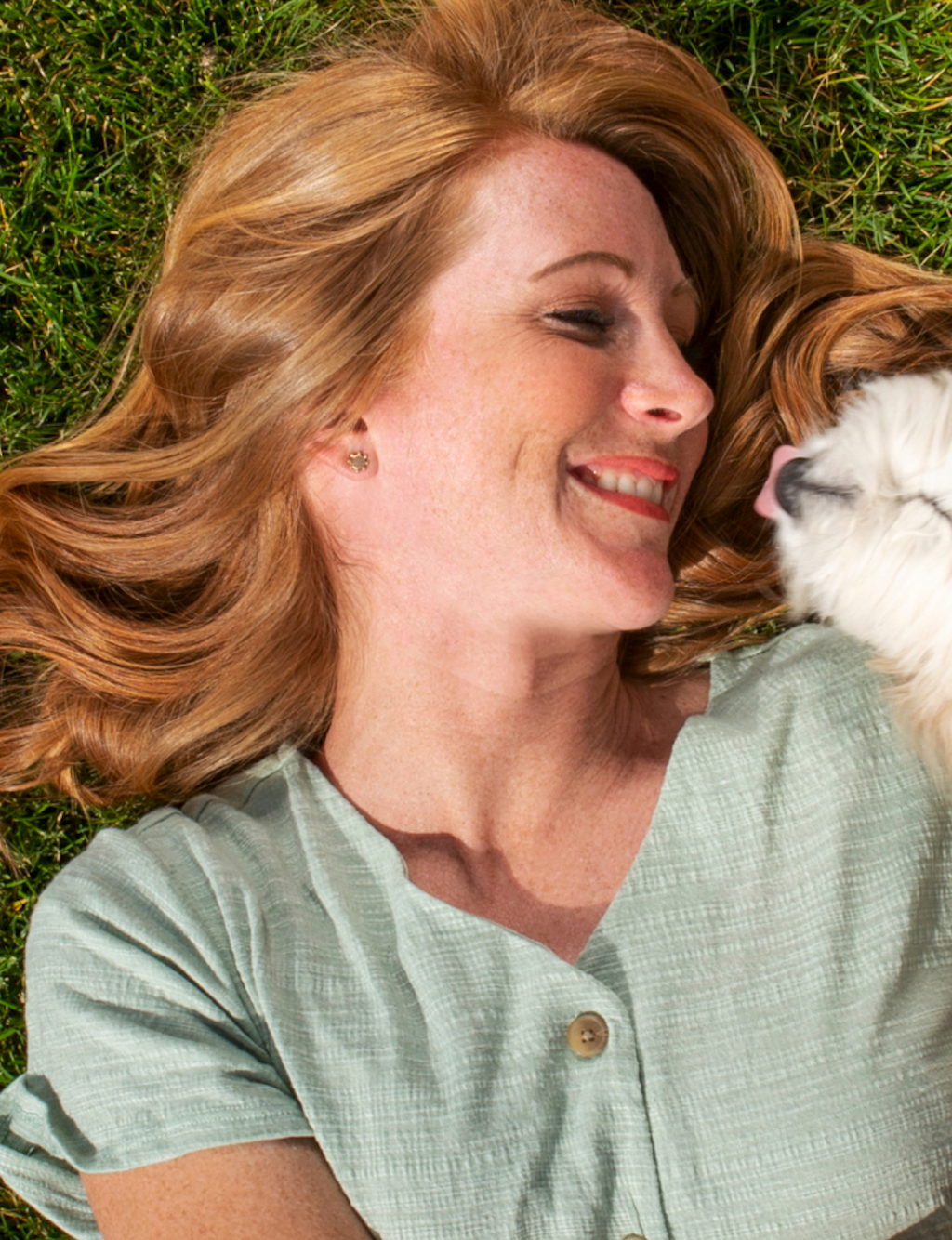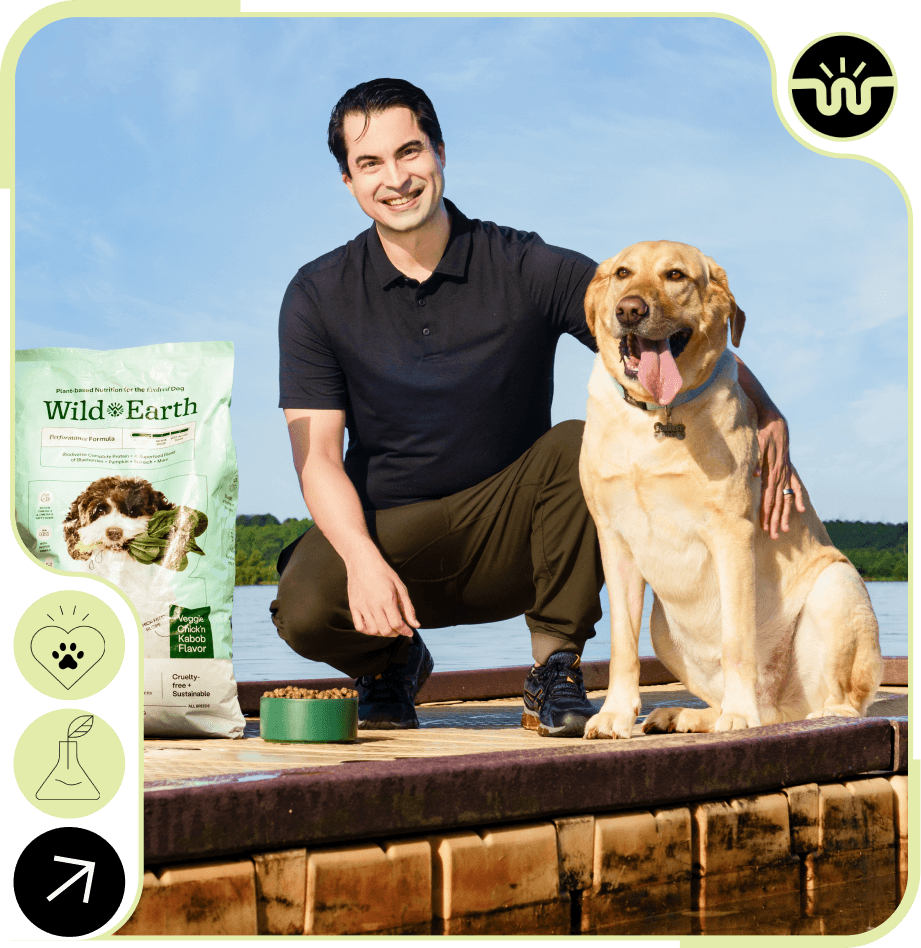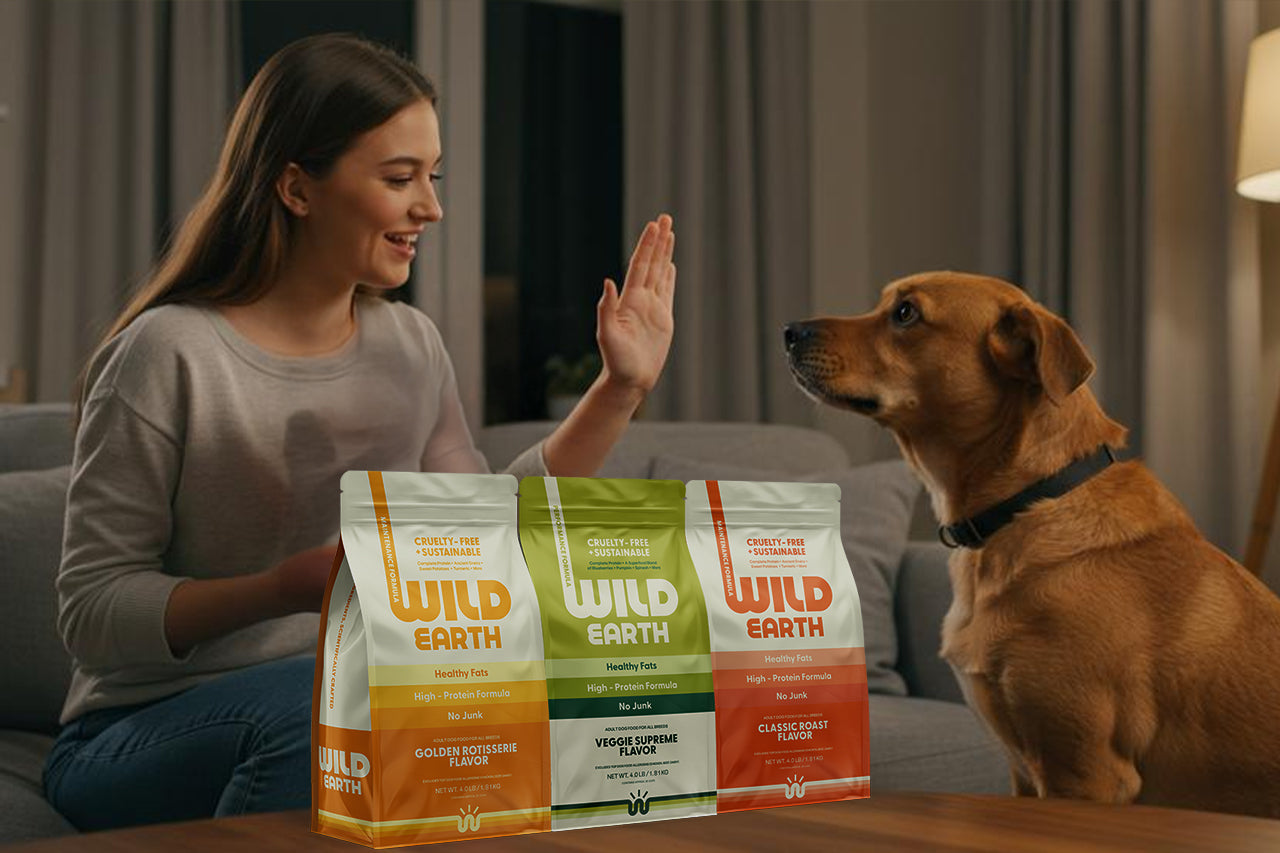
The Hidden Dangers of Raw Meat for Dogs and How It Can Harm Your Family Too
Summary
-
Feeding raw meat to dogs poses serious health risks, including exposure to harmful bacteria like Salmonella, Listeria, and E. coli.
-
Raw diets can lead to nutritional imbalances that may cause long-term issues such as bone deformities, dental problems, and organ dysfunction.
-
Dogs on raw diets can shed dangerous bacteria through saliva and feces, even without symptoms, putting humans at risk, especially children and immunocompromised individuals.
-
Household contamination is a major concern, as raw food can spread pathogens to bowls, kitchen surfaces, and utensils if not handled properly.
-
Experts from the FDA, CDC, and AVMA advise against raw feeding, recommending safer, nutritionally complete alternatives like cooked or commercial diets.
Feeding raw meat to dogs might seem like a wholesome, back-to-nature decision, but it can come with hidden risks both for your dog and your family.
Common Risks of a Raw Meat Diet for Dogs
1. Bacterial Contamination
Raw meat often contains dangerous pathogens such as:
-
Salmonella
-
Listeria
-
E. coli
In dogs, these bacteria can cause symptoms like vomiting, diarrhea, lethargy, and severe gastrointestinal distress. Numerous studies have revealed that a significant percentage of commercial raw pet foods test positive for these harmful bacteria.
2. Parasitic Infections
Raw meat can harbor parasites, posing risks to both dogs and their human companions.
-
Tapeworms
-
Roundworms
-
Toxoplasma
These parasites can lead to serious health complications in dogs and have the potential to infect humans as well. Tapeworms can lead to nutrient deficiencies and weight loss, while roundworms can cause vomiting, diarrhea, and a dull coat. Toxoplasma gondii, a protozoan parasite, can result in neurological problems, fever, and lethargy. Beyond the immediate impact on canine health, these parasites also pose a zoonotic risk, meaning they can be transmitted to humans.
3. Nutritional Imbalances
Raw diets frequently lack critical nutrients, especially:
-
Balanced calcium-to-phosphorus ratios
-
Essential vitamins and minerals
Long-term health issues in dogs can stem from insufficient nutrient intake, especially regarding vital vitamins and minerals. These issues include developmental problems like bone deformities, dental diseases affecting oral health, and impaired organ function. Such deficiencies ultimately compromise a dog's general well-being and lifespan, despite the importance of balanced calcium-to-phosphorus ratios and essential vitamins and minerals for their diet.
4. Physical Hazards from Bones
Feeding raw bones presents physical risks such as:
-
Broken or fractured teeth
-
Intestinal blockages
-
Choking hazards
Feeding raw bones to dogs carries several risks. These include the potential for broken or fractured teeth, which can be painful and require veterinary attention. Additionally, raw bones can lead to intestinal blockages, a serious condition that may necessitate surgery. Finally, there's a significant choking hazard associated with raw bones, as pieces can become lodged in the throat.
5. Asymptomatic Bacterial Shedding
Even if a dog on a raw diet appears healthy, they can still shed bacteria in their saliva and feces putting family members at risk, especially young children, elderly individuals, or those with weakened immune systems.
Risks of a Raw Meat Diet to Humans and Families
Zoonotic Disease Transmission
Handling raw pet food or interacting with a raw-fed dog increases your exposure to pathogens such as:
-
Salmonella: Causes salmonellosis, resulting in fever, diarrhea, abdominal cramps, and vomiting. In severe cases, it can spread to the bloodstream and cause serious complications.
-
Listeria: Causes listeriosis, with symptoms ranging from mild flu-like symptoms to severe infections such as meningitis and blood poisoning. Particularly dangerous for pregnant women, newborns, the elderly, and those with weakened immune systems.
Infection Routes
-
Touching contaminated surfaces
-
Contact with dog saliva or feces
-
Improper food handling or storage practices
Household Contamination
Harmful bacteria can easily spread from bowls, kitchen counters, and utensils used for raw feeding. These surfaces must be thoroughly disinfected after each use to prevent contamination. Failure to do so poses risks not only to your pet but also to your family. This is a critical step in maintaining a safe and healthy home environment.
Restrictions for Therapy & Service Dogs
Feeding raw meat to therapy and service dogs can spread diseases to people. Many programs don't allow raw-fed dogs because raw meat can carry harmful bacteria like Salmonella and E. coli. Even if a dog seems healthy, it can still spread these germs.
This is a big risk in places like hospitals and nursing homes, where people are more likely to get sick, such as those with weak immune systems, the elderly, young children, or people with long-term illnesses. Touching a raw-fed dog, or even just being near one, could cause serious infections.
Fun fact: A 2017 study published in Veterinary Record found that over 20% of raw dog food samples tested positive for harmful bacteria, making them a potential risk in sensitive environments.
What Health Experts Say About Raw Feeding
Major health agencies—including the FDA, CDC, and AVMA—strongly advise against raw diets for dogs. Their reasoning isn’t just about the dog’s health; it’s also about the risk of cross-contamination in the household. In fact, the CDC has linked multiple cases of human salmonellosis outbreaks to raw pet food.
According to the AVMA, raw diets may increase exposure to zoonotic diseases, which are infections that pass from animals to humans—something families with kids should be extra cautious about.
What are the Safer Alternatives to Raw Feeding?
To avoid the risks associated with raw meat while still providing your dog with nutritious food, consider these safer alternatives:
-
High-quality commercial dog food (kibble or wet): Options like Wild Earth, Hill’s Science Diet, Royal Canin, Blue Buffalo, and Purina Pro Plan offer balanced nutrition and are subject to safety regulations.
-
Cooked homemade meals: It's best for your dogs if home cooked food is formulated with the help of a vet to prevent any nutrient gaps.
-
Gently cooked or freeze-dried meals: These retain more nutrients than heavily processed kibble but are free from raw meat risks.
Did You Know? Freeze-drying removes approximately 98–99% of moisture from dog food. This process helps to eliminate most bacteria while preserving flavor and essential nutrients.
Final Thoughts
While feeding raw meat to dogs may seem natural or trendy, the evidence shows it's a risky choice both for your dog and your household. From bacterial infections and parasites to serious nutritional imbalances, the dangers are real and well-documented. Instead, opt for safer, veterinarian-approved diets that provide complete nutrition without risking your dog’s or family’s health.
Always consult your vet before making changes to your dog's diet.






